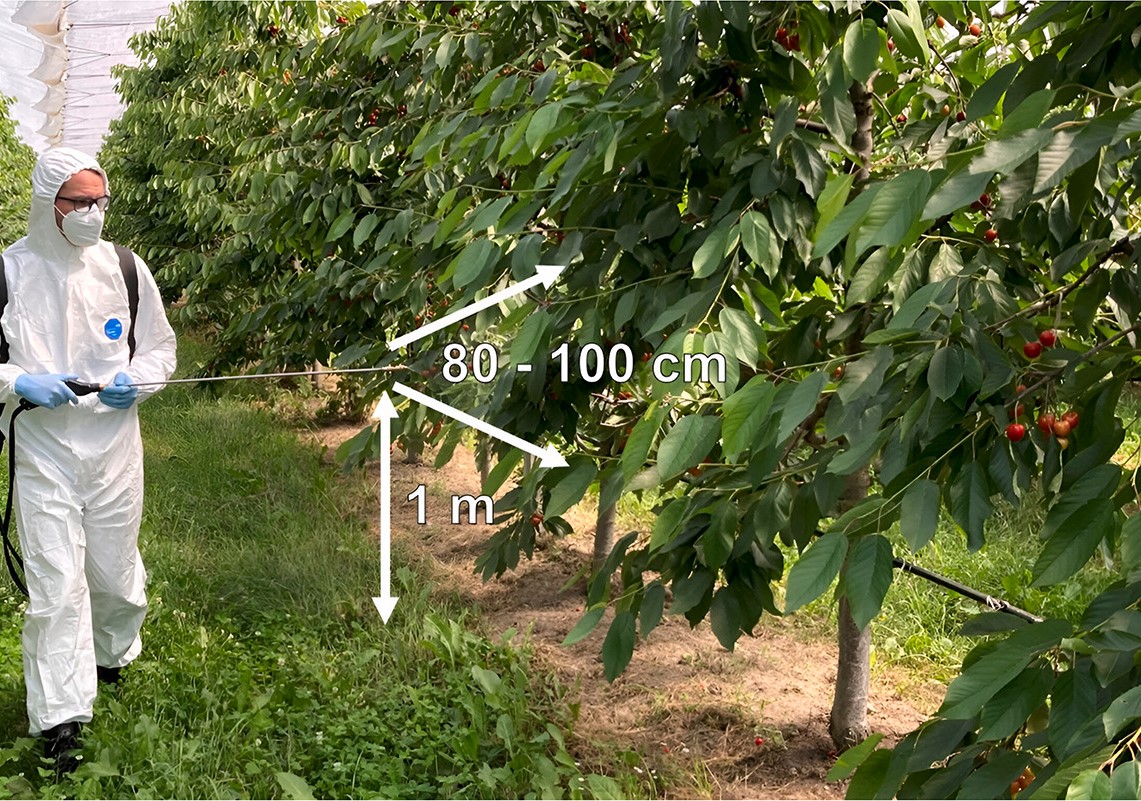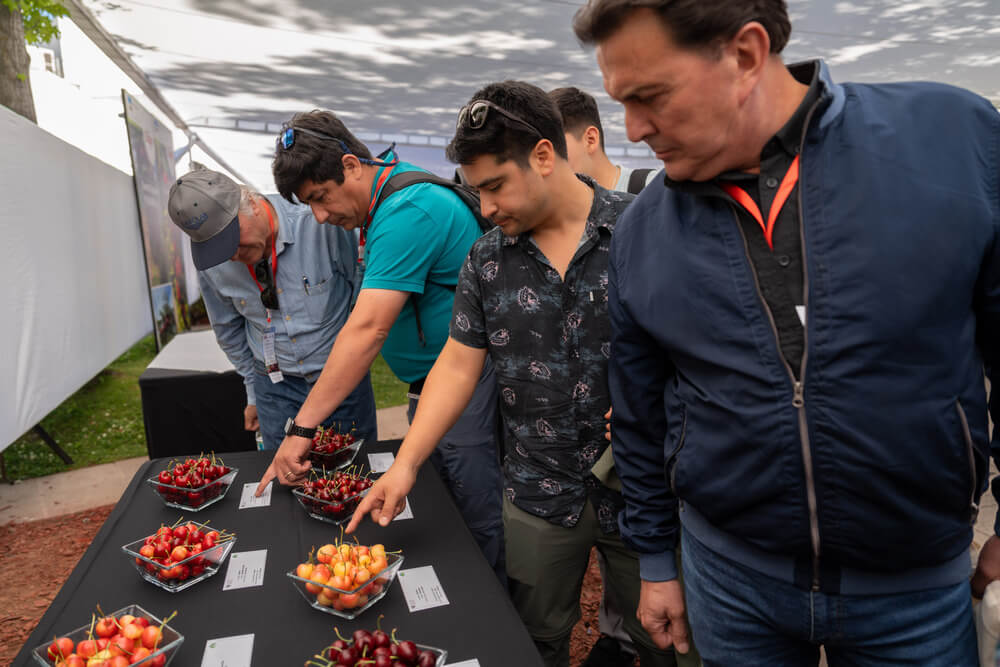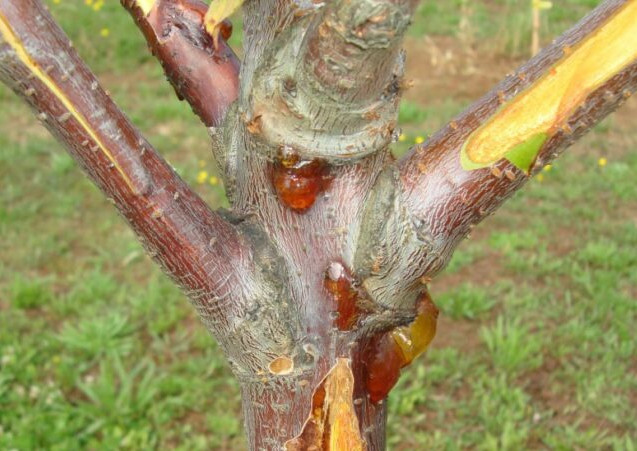New cherry pest management strategies are being developed in response to the need of reducing the use of insecticides and preventing the emergence of resistant populations. Associations between D. suzukii and microorganisms, particularly yeasts, have provided valuable information, paving the way for more environmentally friendly methods.
These methods consist of traps, push-and-pull and attract-and-kill methods. The latter approach has the potential to improve the reduction of oviposition and mortality of this harmful insect. There are numerous interactions between various drosophilid species and yeasts.
For example, Drosophila melanogaster is linked to Saccharomyces cerevisiae, the yeast commonly used in bread-making, and D. suzukii is linked to Pichia terricola, Pichia kluyveri and Hanseniaspora uvarum. Previous studies have identified H. uvarum on both grape and raspberry fruits infested with D. suzukii.
Another interesting aspect is the presence of this yeast in the central part of the intestine of D. suzukii larvae and adults. The objective of the investigation carried out by researchers from different institutes in Italy and Germany was to study the efficacy and applicability of an attract-and-kill formulation in the context of sweet cherries. The same strain of Hanseniaspora uvarum LB-NB-2.2 that had previously been shown to be effective in grape crops.
The effectiveness of the attract-and-kill approach was evaluated under different infestation pressures, on various training systems and under varying climatic conditions by conducting field trials at four different locations over a three-year period.
In addition, the potential of the attract-and-kill method to reduce the amount of insecticide administered was analysed. Finally, the potential for reducing spinosad residues on the fruit as a result of implementing this control strategy was also evaluated. In six field trials conducted in Italy and Germany to manage D. suzukii infestations in cherry trees, the chemicals under investigation were applied over an area of 80-100 cm starting at 1 m height (i.e. only the lowest part of the canopy was treated).
The percentage of cherry trees infested by D. suzukii decreased between 42% and 84% and the average number of eggs deposited decreased by 80-96% when the attract-and-kill formulation was applied at a dose of 21.6-34.9 g per hectare of spinosad, depending on the form of cultivation.

The efficacy was comparable to that of the conventional application of spinosad alone, applied at a dose ranging from 84 to 216 g per hectare. Conventional application resulted in a 77% to 93% reduction in the number of eggs laid and a decrease in the percentage of affected cherries by up to 92%.
By concentrating the application of insecticides on a restricted area of the cherry tree, the attract-and-kill technique reduced insecticide use by up to 90%. The targeted approach not only reduced the amount of insecticide per hectare, but also resulted in lower residue levels on treated products.
In six field trials at four different locations, our investigation examined the effectiveness of an attract-and-kill strategy for the management of D. suzukii in sweet cherry orchards. The results obtained underline the effectiveness of this method in reducing both insecticide applications and infestations, providing a promising alternative to conventional pest management methods.
In summary, the attract-and-kill strategy succeeded in achieving a sustainable and efficient solution for the management of D. suzukii infestations in cherry plantations.
Source: Marko Bjeljac, Urban Spitaler, Nicola Mori, Matteo Fusillo, Enea Bombardini, Michele Preti, Stefano Caruso, Giacomo Vaccari, Astrid Eben, Andrea Lentola, Sergio Angeli, Silvia Schmidt, Canopy strip applications of Hanseniaspora uvarum combined with spinosad reduce insecticide use without compromising Drosophila suzukii control in cherry, Crop Protection, Volume 186, 2024, https://doi.org/10.1016/j.cropro.2024.106868.
Image: Marco Bjeljac
Melissa Venturi
University of Bologna (IT)
Cherry Times - All rights reserved













